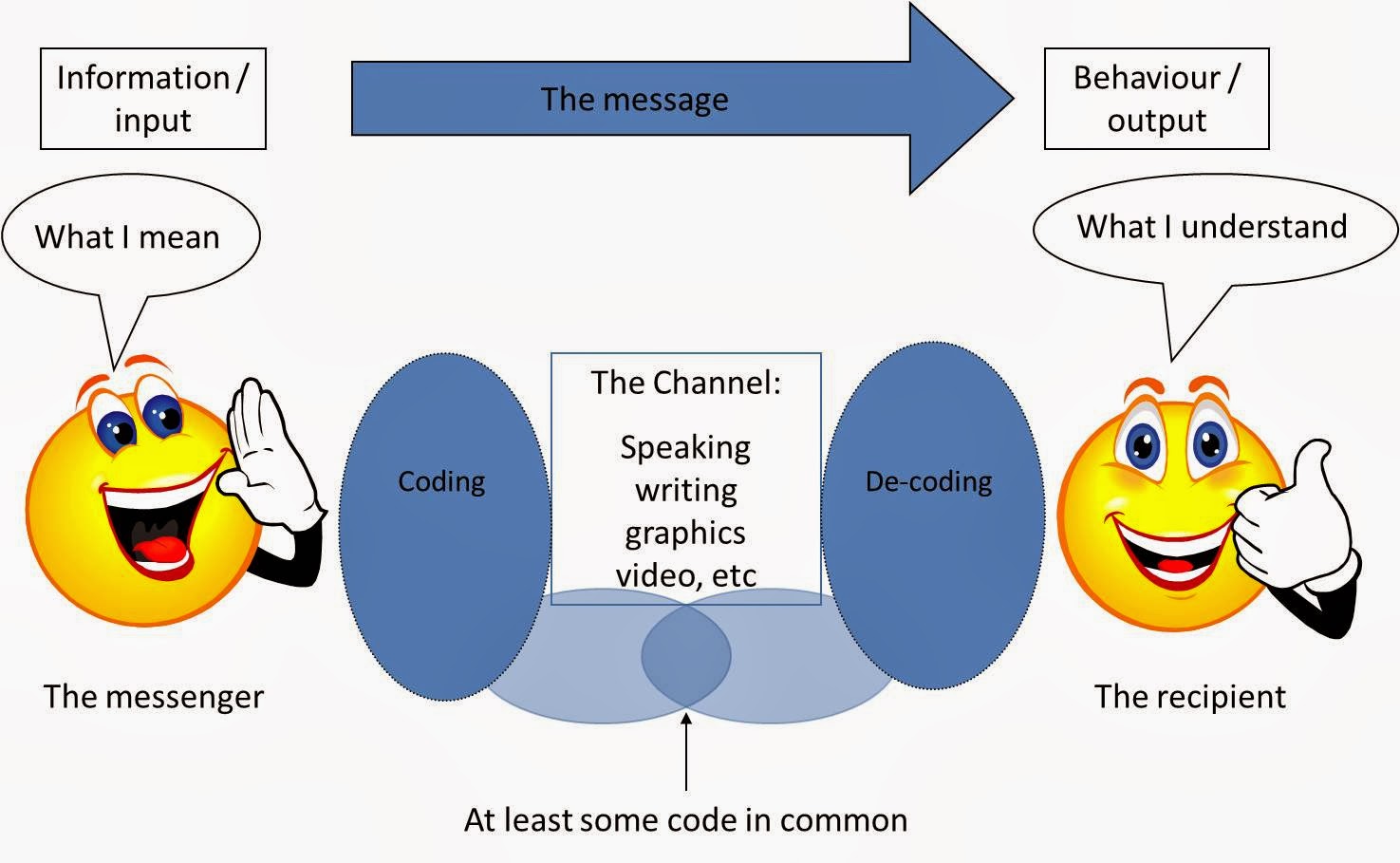Step-by-Step Guidelines to Teach the English Language through Literature with Examples
Teaching English through literature can be an enriching experience that combines language acquisition with cultural and literary appreciation. Here's a step-by-step guide to effectively incorporate literature into your English language teaching, illustrated with an example.
Step 1: Select Appropriate Literary Works
- Criteria:
Choose texts that match your student's language proficiency, interests,
and cultural backgrounds. Consider diversity in genres, including poems,
short stories, novels, and plays.
- Example:
For intermediate learners, select a short story with clear themes and
accessible language, such as "The Lottery" by Shirley Jackson,
which provides opportunities to discuss themes of tradition and
conformity.
Step 2: Set Learning Objectives
- Focus
Areas: Determine what language skills (reading, writing, speaking,
listening) and literary elements (theme, plot, character analysis) you aim
to develop.
- Example
Objective: Students will analyse the theme of tradition in "The
Lottery" and practice using narrative tenses in writing.
Step 3: Pre-reading Activities
- Activate
Prior Knowledge: Discuss topics related to the text to engage students
and build background knowledge.
- Introduce
Vocabulary: Identify essential vocabulary in the text and teach these
words before reading.
- Example
Activity: Facilitate a discussion on the role of tradition in society.
Introduce and define essential vocabulary such as "lottery,"
"ritual," and "scapegoat."
Step 4: Reading
- Guided
Reading: Read the text in class, allowing time for discussion and
clarification of complex points. Use reading strategies such as
predicting, questioning, and summarising.
- Silent/Independent
Reading: Encourage students to read independently, making notes or
highlighting unfamiliar words.
- Example
Strategy: Use guided reading to explore "The Lottery,"
stopping to discuss students' predictions and reactions at critical points
in the story.
Step 5: Post-reading Activities
- Comprehension
Questions: Develop questions that test understanding and encourage
analysis of the text.
- Discussion:
Facilitate a class discussion on the themes, characters, and moral
dilemmas presented in the story.
- Creative
Response: Encourage students to write a diary entry from the
perspective of one of the characters.
- Example
Activity: Conduct a class debate on whether tradition justifies the
actions taken in "The Lottery."
Step 6: Language Focus
- Grammar
and Writing: Focus on specific grammar points or writing skills that
the literary piece can illustrate.
- Speaking
and Listening: Use the text as a basis for speaking exercises, such as
role-plays or presentations.
- Example
Focus: Practice narrative tenses by having students rewrite a section
of "The Lottery" from a different character's perspective.
Step 7: Assessment and Feedback
- Assess
Understanding: Use quizzes, essays, or presentations to assess
students' understanding of the literary work and their ability to use new
language points.
- Provide
Feedback: Offer constructive feedback on language use and literary
analysis.
- Example
Assessment: Have students write an essay exploring the impact of
tradition on modern society, drawing parallels to "The Lottery."
Step 8: Reflect and Extend
- Reflection:
Encourage students to reflect on what they have learned and how it applies
to their lives.
- Extension
Activities: Suggest related readings or projects that extend the
themes or topics discussed.
- Example
Extension: Recommend students to read other works by Shirley Jackson
or texts with similar themes to deepen their understanding.
These steps can help you create a comprehensive and engaging
curriculum that uses literature to teach English language skills. This approach
enhances linguistic proficiency and fosters critical thinking, cultural
awareness, and a love for reading.


Comments
Post a Comment